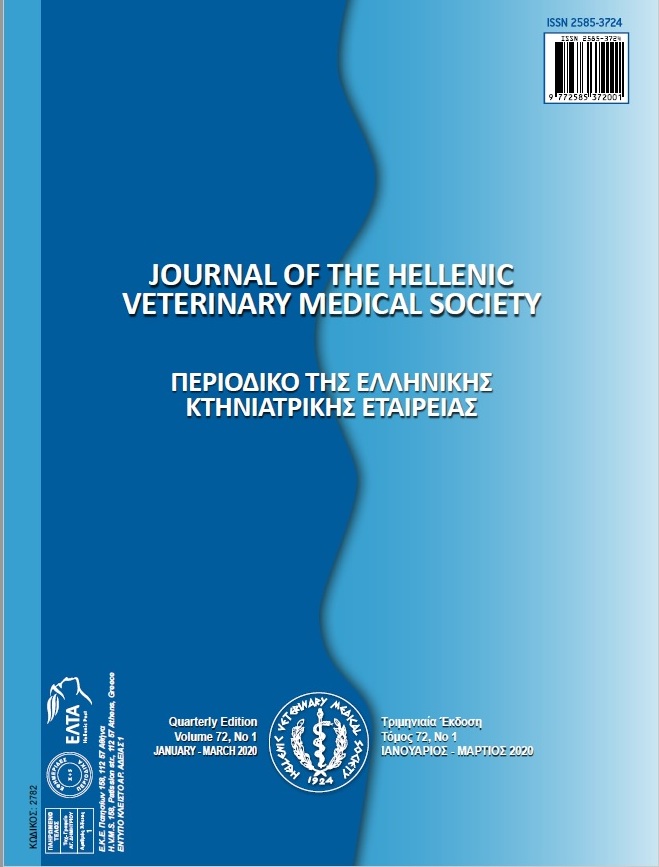Determination of the alterations in quality parameters and consumer preference of dry-aged beef based on different periods of ageing using a purposive incubator
Résumé
The aim of this study was to evaluate beef quality traits including pH, water holding capacity, cooking loss, meat colour, and Warner-Bratzler shear force in dry-aged beef and to determine the most favorable ageing time based on beef quality parameters and consumer acceptability. In this respect, longissimus dorsi samples were obtained from Simmental bulls and stored for an ageing period up to 21-days, and thus, the beef quality evaluation was performed at 0-day, 7-day, 14-day, and 21-day of the experimental period. Results revealed that the lowest shear force value was observed in beef samples on day-14 whereas the lowest pH value was determined in samples on day 21. Moreover, water holding capacity and beef colour values were significantly differentiated based on dry-ageing (P<0.05). In sensory panel evaluation, a significant difference is found only in meat colour rating (P<0.05). There was no significant difference between ageing periods and cooking loss. The most important technical point is that increasing dry-ageing time from 14 to 21 days did not desirably affect quality traits and sensory scores. Hence, dry-ageing for 14 days seemed to be the most economically efficient application. Taken altogether, the present results suggest that the potential for use of dry-ageing should be considered as an alternative method to produce high-quality beef with respect to the optimum ageing process.
Article Details
- Comment citer
-
USTUNER, H., ARDICLI, S., & ARSLAN, O. (2021). Determination of the alterations in quality parameters and consumer preference of dry-aged beef based on different periods of ageing using a purposive incubator. Journal of the Hellenic Veterinary Medical Society, 72(1), 2669–2676. https://doi.org/10.12681/jhvms.26749
- Numéro
- Vol. 72 No 1 (2021)
- Rubrique
- Research Articles

Ce travail est disponible sous licence Creative Commons Attribution - Pas d’Utilisation Commerciale 4.0 International.
Authors who publish with this journal agree to the following terms:
· Authors retain copyright and grant the journal right of first publication with the work simultaneously licensed under a Creative Commons Attribution Non-Commercial License that allows others to share the work with an acknowledgement of the work's authorship and initial publication in this journal.
· Authors are able to enter into separate, additional contractual arrangements for the non-exclusive distribution of the journal's published version of the work (e.g. post it to an institutional repository or publish it in a book), with an acknowledgement of its initial publication in this journal.
· Authors are permitted and encouraged to post their work online (preferably in institutional repositories or on their website) prior to and during the submission process, as it can lead to productive exchanges, as well as earlier and greater citation of published work.





